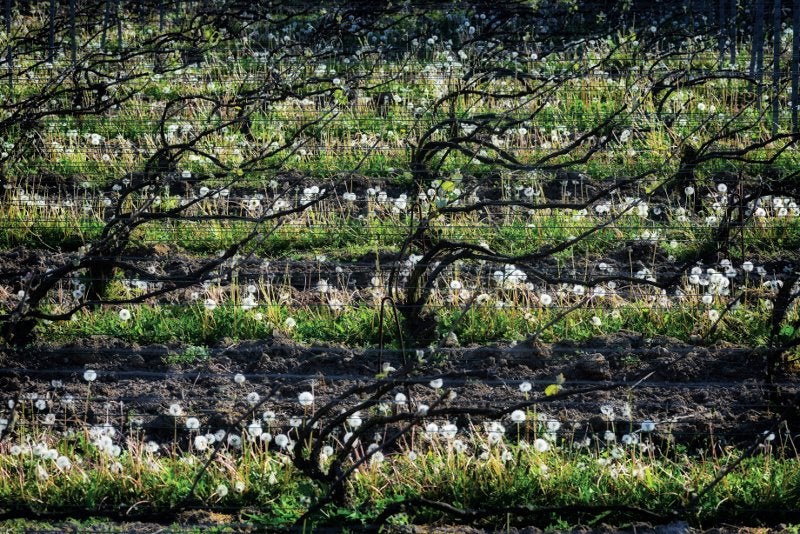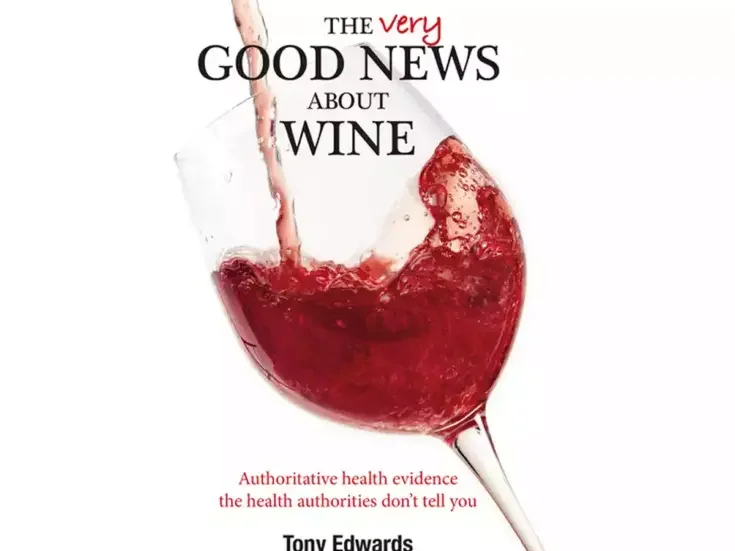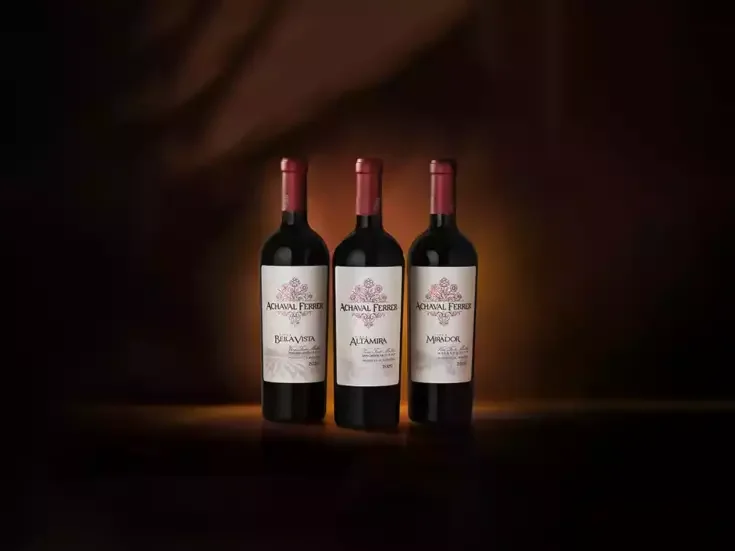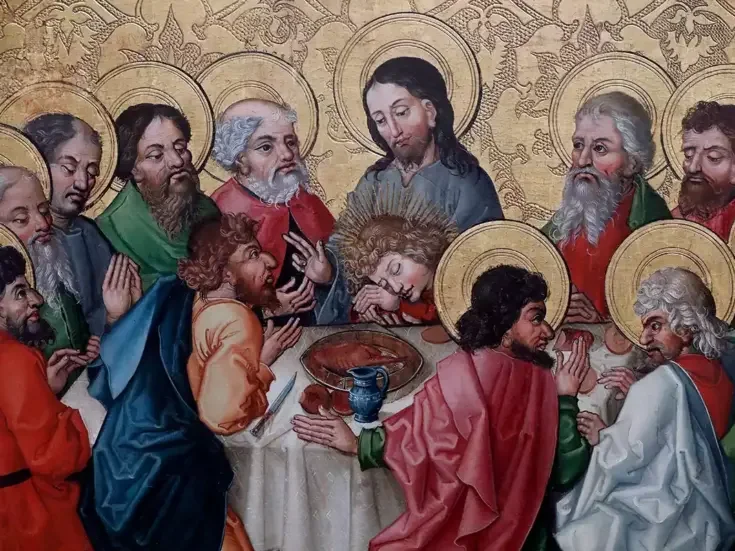
A new classic for our age: Beauty and distilled wisdom
Experience and memory really do count for something where aromas and flavors are concerned. These attributes have particular force in Champagne, for the wines are never that easy to judge categorically. The bubbles affect our perception of the aroma and flavor profiles, which can change like quicksilver ten minutes after the cork? is popped. Moreover, in observing the trajectory of lees-aging and the wine’s post-disgorgement “second life,” when you think a Champagne, particularly vintage, is going to turn right, ruefully it often turns left. Happily, Gert Crum, the distinguished dutch wine writer, shows in this major new work how eminently qualified he is to be our reassuring companion and mentor in explaining the intricacies of what is, at its best, the world’s greatest sparkling wine.
Now 68, Gert has spent many years delving into and exploring all parts of Champagne Viticole. So, naturally he feels a bond with the region and the perfectionist people who make the wines that matter. Yet he never loses his critical faculty to sort the great from the passable and even, to put it plainly, the indifferent or poor, dressed in gaudy clothes. For the author, the motto of his book is very simple: “with Champagne, it is not a question of luxury but of taste. Until recently, the life of a Champagne enthusiast was easier, deciding whether, say, to go for the brut impérial of Moët or the Carte Jaune of Clicquot: two very different Champagnes, but at least an easy overview.” ever young at heart, with a sleepless curiosity about the new, Gert considers that nowadays the Champagne scene is considerably wider, more layered, more mobile, and more exciting. Harder to fathom, perhaps, but all the more fascinating. who could disagree?
A fountain of insights
This opus is easily the most complete of the five that the author has now written about Champagne since his first in 1995. i was expecting something pretty good, but this is much more—a new classic for our age, distilling the wisdom of constant travel sur place, crafting meticulous reportage, especially of key producers and their wines as they are now, but also with excellent recall of what they were like 20 years ago. it is a fountain of insights (to borrow Howard Goldberg’s phrase) for the professional trade, sommeliers, and of course Champagne lovers wanting to know more. it’s available as a handsome 496-page hardback but also as an interactive ibook, with beautiful photographs by Jan bartelsman, evocative illustrations by Cees Nouwens, and detailed maps of the vineyards by Laurent Marty.
The work melds a careful, accurate history of the vast medieval Province? of Champagne, with a comprehensive account of Champagne-making today, including a better contemporary understanding of the major grape varieties, particularly Meunier; this,?the second most planted grape variety ?in Champagne, is now seen less as related to Pinot Noir, more as a bridge between Pinot Noir and Chardonnay. When well made, Meunier shows a freshness of fruit and florality in certain crus—especially Ludes, Chavot, Pierry, Festigny, and Leuvrigny—and also reveals a surprising aptitude to age quite well, belying the variety’s blanket reputation as an earthy, early-ripening palate-filler.
Gert writes very well in a sprightly, accessible style, his prose a nice blend? of the scholarly and the conversational, plus a dose of very dutch common sense. it reads like the best sort of candid letter to a cherished friend.
Challenging and inspiring times
One of the most arresting sections of the book is title “A Change in the wind” and deserves close reading for the dynamism that is now rejuvenating top maisons and domaines. it’s vintage Crum, trenchant yet ironically nuanced: “Champagne was once the drink of the Tsars, but now it is the drink of the stars of every type, in every walk of life. it seems that it is all about the bubbles, and because of this, Champagne is linked in people’s minds to frivolity, indulgence and decadence. The consequence of all this is that many consumers, even many connoisseurs, do not see Champagne as wine, never mind a great classic wine.” yet, for sure, the winds of change are coming. The big houses are starting to talk less about bubbles and more about the unique character of the historic, chalk-based wine from the Marne heartland. Gert stresses that the houses need to do this “because on the one hand the quality of Champagne has never been higher; on the other, Champagne has never been in greater danger than it is today, because other regions and countries have been making great strides in making sparkling wine.” Certainly, from Mendocino County to Marlborough, from Tasmania to Trento, there are now excellent, fine-drawn traditional-method sparkling wines.
The most watchful and resilient Champenois know this. Certainly, taking a fresh look at the region, Champagne seems to be reshaping itself in a new era of true character and diversity—all of? a piece with the individuality of the French, a nation that still produces more than 200 cheeses. The author reminds us that this renewal is a serious and qualitative by-product of the rise of smaller artisanal Champagne producers, including both bijou houses and grower-winemakers. Often using organic practices, they want to give a sense of place to their locale in monocru and single-vineyard Champagnes. Gert certainly does full justice to the best of these who tap into a niche market from New york to Tokyo by way of Milan, giving a visual presence out of all proportion to their very small share of Champagne’s export market. Window- shop down Manhattan’s Fifth Avenue, and you are as likely to see a magnum of Selosse or Jacquesson as a flagon of dom Pérignon or La Grande dame. The time of the little guys and girls has come, even if some of us are uneasy about the term “terroir Champagnes” being applied exclusively to them. Families of the greatest houses, like the roederers and the billecarts, have been working with the finest terroirs for close to 200 years. And as riveting as some single-vineyard wines can be (Krug’s Clos du Mesnil and Fourny’s Clos du Faubourg Notre dame are inspiring), Champagne at heart, at every level, depends on blending, the art of assemblage, for extra complexity.
The most satisfying part of Crum’s book is the masterly choice of his top 80 Champagne producers—an arbitrary selection, sure, but one showing exemplary judgment and discernment, placing each in its history and context, enhanced by a host of balanced and evocative tasting notes, evaluated by stars, not points. There’s no attempt to drive a wedge between the best négoces and the domaines. The chosen in both camps come across as members of an extended family with shared standards and warm respect. As Gert asks rather impishly, can it be such a surprise that Anselme Selosse, the icon for so many growers over the past 25 years, is a good friend of Jean-baptiste Lécaillon, the maestro of roederer and the most intelligent exponent of biodynamic methods? It’s good to see among the profiled producers didier doué, the other great grower in Montgueux, and Nathalie Falmet, in the far south. Gert has always been an indefatigable traveler, who does not only his homework but the equally necessary legwork as well. Bravo!
Published by digipublishers $99 / £75 / €85; iBook €29.99 and equivalents







